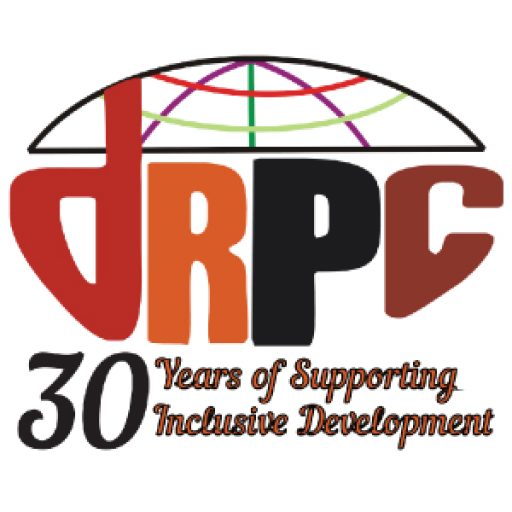Since the industrial revolution in the mid-1700s, human activities have substantially contributed to the rise of the earth’s temperature. The emission of greenhouse gases (GHG) as carbon dioxide, methane and nitrous oxide primarily through burning of fossil fuels result in greenhouse effect where heat that ought to have escaped into the space is trapped. The increasing yet uncontrolled global population growth as well as the growing demand for development has been accompanied with its attendant effects, especially the demand for urbanization.
The so-called urbanization has been described as a major contributor to the rise of global warming. Urbanization refers to the migration of people from rural settlements to urban cities. It could also mean the development of local societies into more sophisticated ones, with better infrastructures and amenities.
The duo of – urbanization and climate change, have been converging dangerously which their collective prowess could potentially be two factors that would shape the future of global development.
Urban sprawl is a consequence of economic development, population growth, technological advancement and innovation among others, which follows urbanization. Urban sprawl describes a phenomenon where there is a large concentration of people who moved away from the low-density areas into the mono-functional communities. It is accompanied by increasing demand for energy and resources to provide amenities for the exodus of the newcomers. This would mean that there would be greater need for land for construction of houses, roads and other infrastructure. For this to be possible, trees would be cut down, natural waterways and water bodies would be altered, endangered species would be displaced and the natural habitat almost completely altered. These ultimately results in the increased greenhouse gases and thus, increasing the rate of global warming because the earth does not work as it should.
Generally, urban cities are warmer than the rural areas. Cities that grow at a steady state on another hand are not as warm as cities that have experienced urban sprawl at a geometric rate. For the same reasons also, urban cities exert more pressure on natural resources than do rural areas. This is termed the urban heat island phenomenon. Urban sprawl and uncontrolled surge in population growth have consistently exacerbates vulnerable areas, primarily slums and shanties, who concentrate along river banks, coastal areas, hillsides and other marginal land areas at risk from disasters such as landslide, erosion, flood and earthquakes.
On an economic scale, urban development has proven it indeed keeps the world running. This is because most of the economic trades happen in urban areas. In fact, without development a society is considered backwards economically, socially and otherwise. Urban cities serve as economic hub and the level and percentage of urban cities with the geography of a nation is also a yardstick for development. Therefore, one can confidently infer that societies and even countries have greater opportunities for socio-economic growth and developments as they urbanize.
Urbanization has over the decades contributed immensely to climate change. According to UN Habitat, cities cover less than 2% of the earth’s surface but consume more than 78% of world’s energy with a corresponding 60% carbon dioxide emission. More than half of the world’s greenhouse gas emission comes from cities. How ironic.
Role of Stakeholders
The role of the key stakeholders in the control and or mitigation of urban sprawl and urbanization cannot be underestimated. The role of government and other regulatory authorities in Nigeria is not something to write home about. It has become necessary that the regulatory authorities discourage urban sprawl by controlling the agents of demand and supply.
On the demand end, green buildings, effective town planning, strict laws on sustainable practices as well as discouraging urban sprawl can go a long way in reducing its environmental impacts. Uncontrolled deforestation must be squarely addressed. Recently for instance, Kaduna state launched a very laudable project that would shape the future of urban development. The project’s idea is to compel any land development that exceeds 900 square meters to plant four trees in replacement. The departments of land and housing, urban development, as well as development control must live up to their institutional responsibilities and work to ensure this is followed to the latter.
On the supply end, the problems of fossil fuel burning, air and land pollution must be tackled through controlling the factors that cause them. Overreliance on unsustainable agents of power and energy sources must be cut down to a bearable minimum. Effective public transport systems would discourage the overdependence on private vehicles, while engaging private and public factories, companies and industries to live up to sustainable practices.
Citizens must stand up to defend the environment. The protection of the environment is a collective responsibility hanging on the neck of every member of the society. Engage in sustainable practices such as curtail pollution, plant trees, protect endangered species and keep the government on its toes with regards environmentalism.
Urbanization is absolutely inevitable, especially with the consistent need for growth and development, but what is absolutely possible is development without urban sprawl. Indeed, we live in a precarious world. However, we must only engage sustainable practices while we exert our natural insatiable demand on the natural resources.


Another method is to promote vertical growth rather than horizontal growth. A lot of the problems caused by urbanization is due to unregulated encroachment of outskirt areas of a city. Corruption is also a major roadbloack in policies regarding urbanization.
Pingback: #GoGreen2017: Some bad environmental practices to leave behind in 2016 | Green Habitat Sustainable Development Initiative